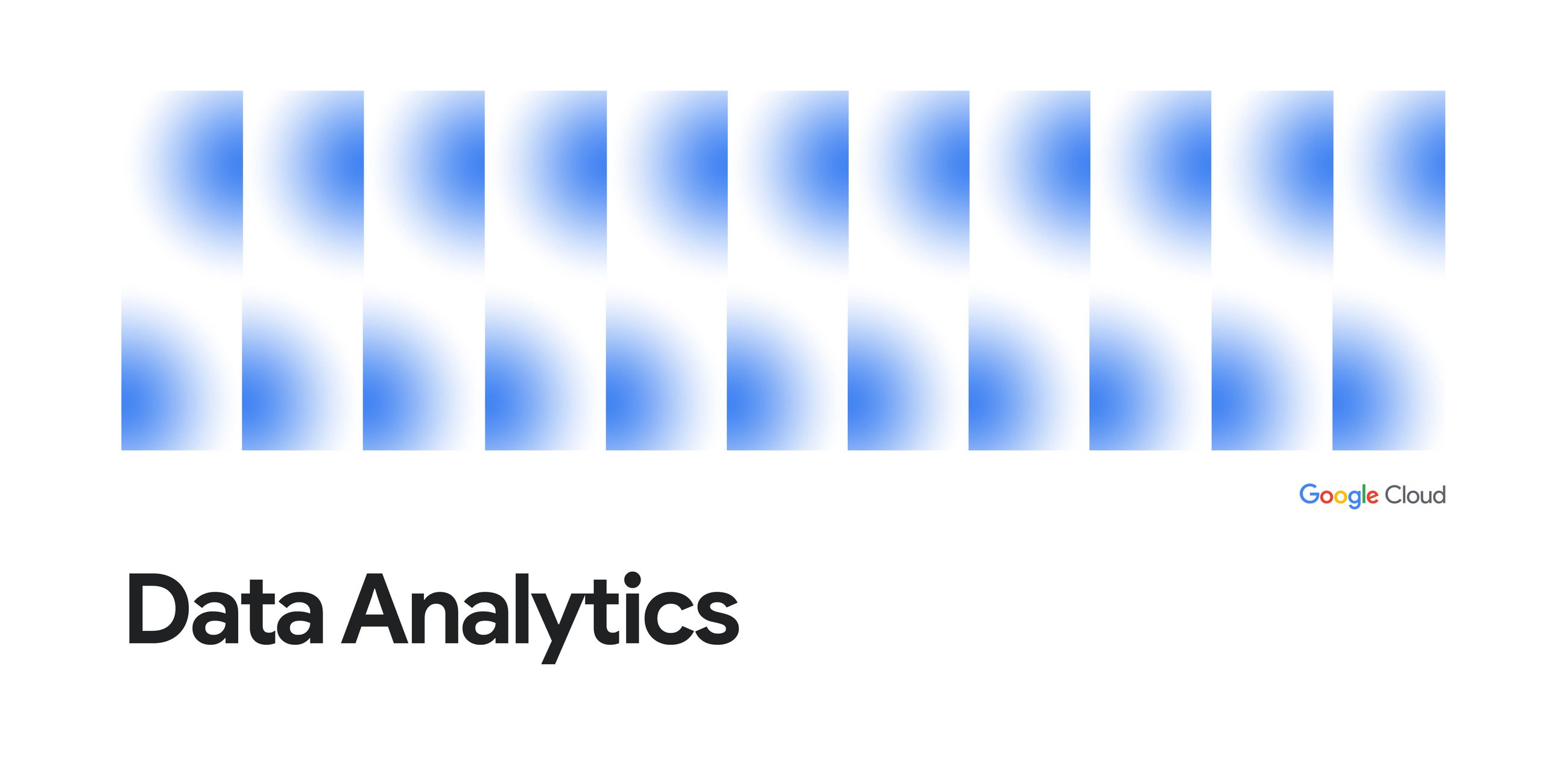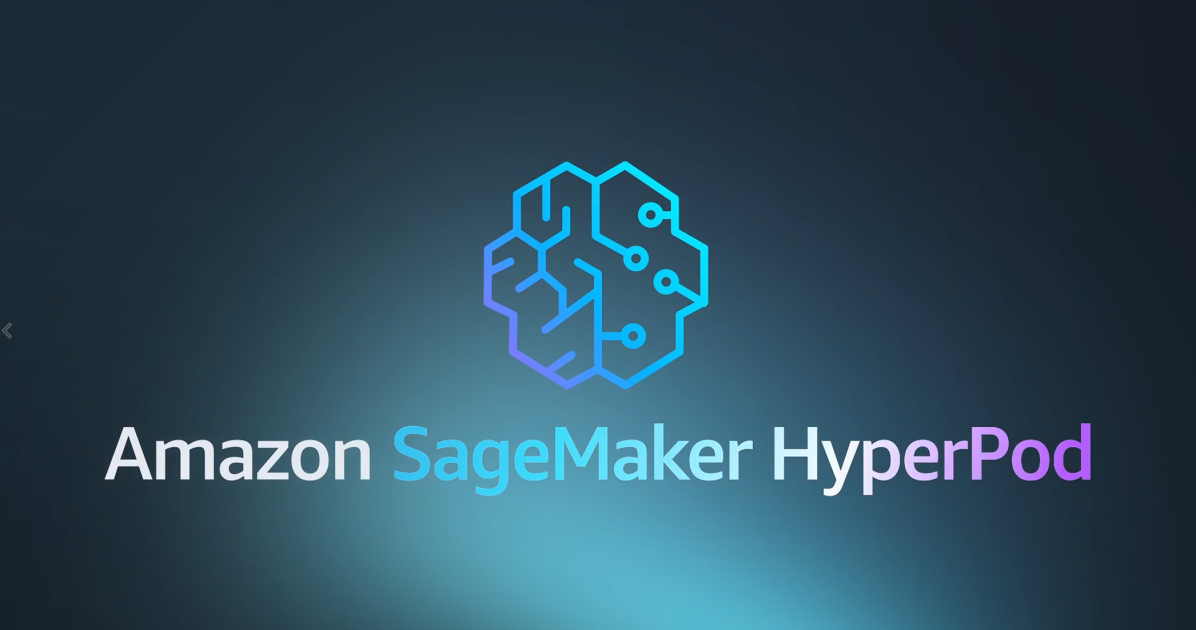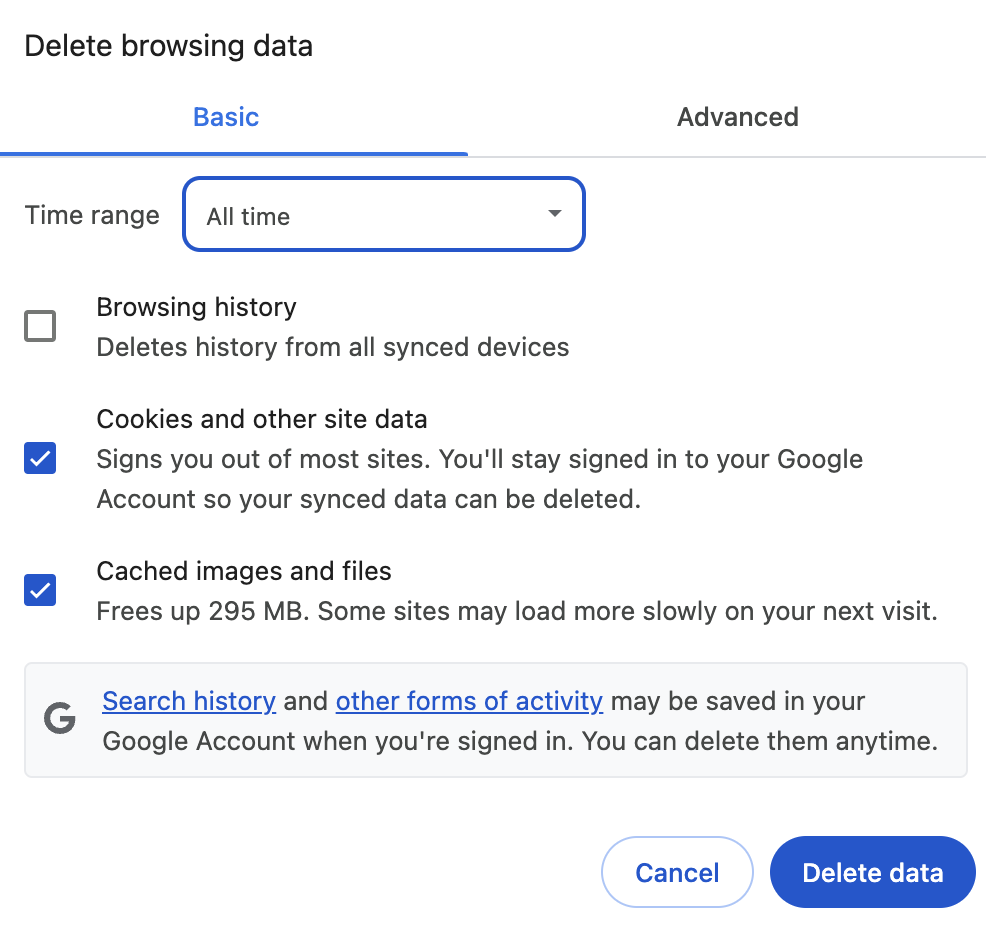
As data platforms evolve and businesses diversify their cloud ecosystems, the need to migrate SQL workloads between engines is becoming increasingly common. Recently, I had the opportunity to work on translating a set of Databricks SQL queries to BigQuery SQL — a task that is deceptively complex due to differences in syntax, functions, and execution behavior.
To streamline the process, we turned to Google Gemini, a powerful AI assistant, to help bridge the gap between the two SQL dialects. In this blog post, I’ll walk you through the process, challenges we faced, how Gemini helped, and key takeaways from the experience.
The translation tightrope: Why it’s tricky
To boost operational efficiency and cut costs, we migrate analytics workloads from Databricks SQL (on Delta Lake tables) to Google BigQuery. This required rewriting numerous queries, from simple aggregations to intricate CTEs and window functions.
Databricks, with its powerful Spark SQL capabilities, and BigQuery, a serverless and highly scalable data warehouse, are both titans in the data world. However, their SQL dialects, while sharing common ANSI SQL foundations, have distinct variations. Translating between the two manually was possible, but would have been time-consuming and error-prone. This is where Google Gemini played a crucial role.
Below are some of the data type mappings between Databricks and Bigquery :
Source Credit: https://cloud.google.com/blog/products/data-analytics/automate-sql-translation-databricks-to-bigquery-with-gemini/




